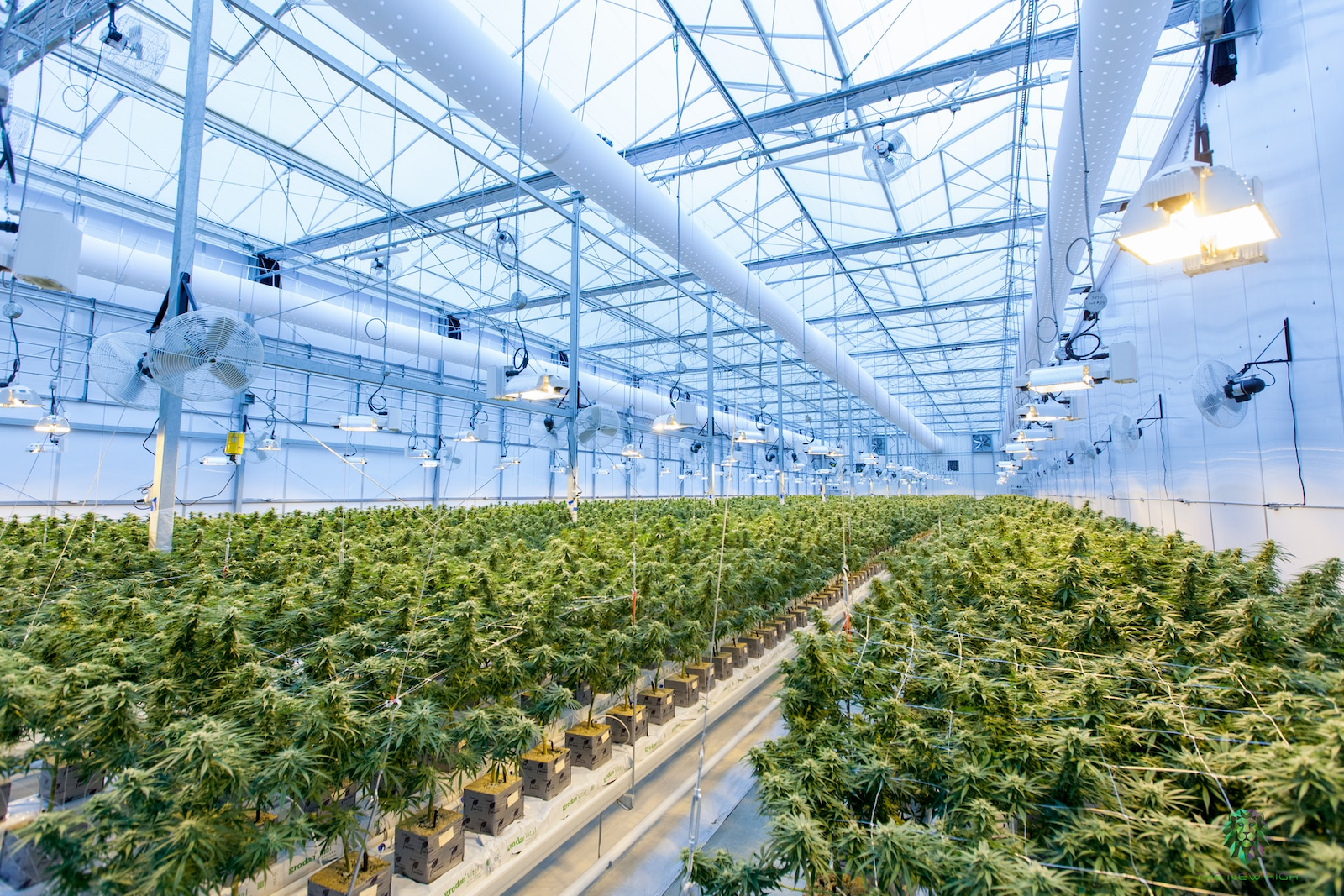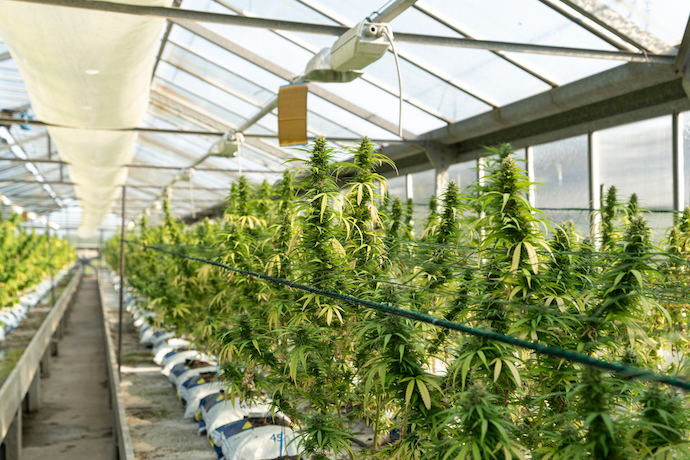
Additional Federal Marijuana Legislation Will Push Tech Toward Innovation
It’s 2021. Of the 50 states in the country, 48 have legalized marijuana for medical use, and 15 for recreational use. A whopping 91% of Americans believe it should be legal for either medical or recreational use. The medical marijuana industry alone is projected to be worth up to $66.3 billion by 2025.
Despite these numbers, the substance is still considered illegal on a federal level. What does federal marijuana legislation look like in 2021 and how will it push the industry toward new innovation?
A federal marijuana timeline? ‘Soon’
Sources close to President Joe Biden believe that he’s in favor of federal marijuana decriminalization, if not legalization, but he hasn’t said either in so many words. We’re already behind Canada and Uruguay, both of whom have legalized recreational marijuana. Mexico might be the next country to join that exclusive club. That hasn’t stopped Senate Majority Leader Chuck Schumer from promising to bring federal legalization legislation to the Senate floor.
The problem isn’t the will — it’s the timeline. Schumer has spoken at length about how the Democratic caucus is in favor of legalization or at least ending the prohibition on the substance, but when asked about when this might happen, his answer is simply, “I am going to put this bill on the floor soon.”
Right now, the lack of federal support means that marijuana companies operating legally in various states can’t get any sort of financial backing, such as loans or payroll management. In many locations, they can’t even take credit or debit payments, operating as a cash-only business. Only time will tell when this legislation will make an appearance but that hasn’t stopped tech companies from pushing the envelope to improve related technologies.

We look at the marijuana plant, but there is so much more to it than just lighting up. The cannabis plant is unique and complex, and the way it affects the brain and body can vary dramatically from person to person and from strain to strain. When it comes down to it, it’s all about the DNA. One company is working on a method — and has filed a patent to that effect — based around the CRISPR gene-editing technique, that allows them to create strains that have no CBD or THC at all.
The same sort of technology can also help to better match a person with their ideal strain. The field of pharmacogenomics, or using a person’s genetic makeup to determine how medications will affect them, is in its early stages. Another startup is using a cheek-swab DNA test to target specific markers and help figure out which cannabis strains work best for them.
The smaller the better
Outside of smoking, THC and CBD products are usually suspended in oil. This means it’s more challenging to mix them with other liquids. You can add it to your tea or coffee but no matter how hard you stir, eventually, it’s going to separate out. Nanoencapsulation can help your CBD or THC oil better emulsify in your food or drink.
Nanoencapsulation works by breaking down the oil into smaller and smaller particles that will emulsify rather than separate. In addition to making it easier to use, this tech can help make it easier for your body to absorb the useful components in the product. The industry is still working to develop a reliable nanoencapsulation method, but once that emerges, the cannabis market will change forever.
Light up the night
Improving energy efficiency across both commercial and residential properties is something that’s on everyone’s mind. If there’s one thing that the cannabis industry has always needed, it’s power. Grow lights take up a lot of energy and generate a lot of heat, but new tech emerging in 2021 may change that — by heading into orbit. NASA astronauts on the International Space Station have been experimenting with full-spectrum LED grow lights for growing crops in space. Not only is this supporting the possibility of growing food on a future deep space mission, but also giving us useful tools for growing crops like cannabis here on Earth.
The LED lights use less energy, are more efficient, and convert more of their electricity into light rather than wasting it as heat. This makes them the perfect choice for cannabis growers who might be struggling with excessive utility bills or want to reduce their carbon footprint by dropping overall energy usage.
Looking toward the future
Advancing technology is slowly shaping the marijuana industry into something that could be competitive in the coming years. The biggest hurdle now is the federal government and its insistence on maintaining its illegality. Hopefully, Mr. Schumer’s legislation will move us in the right direction and we can look forward to a greener future.

